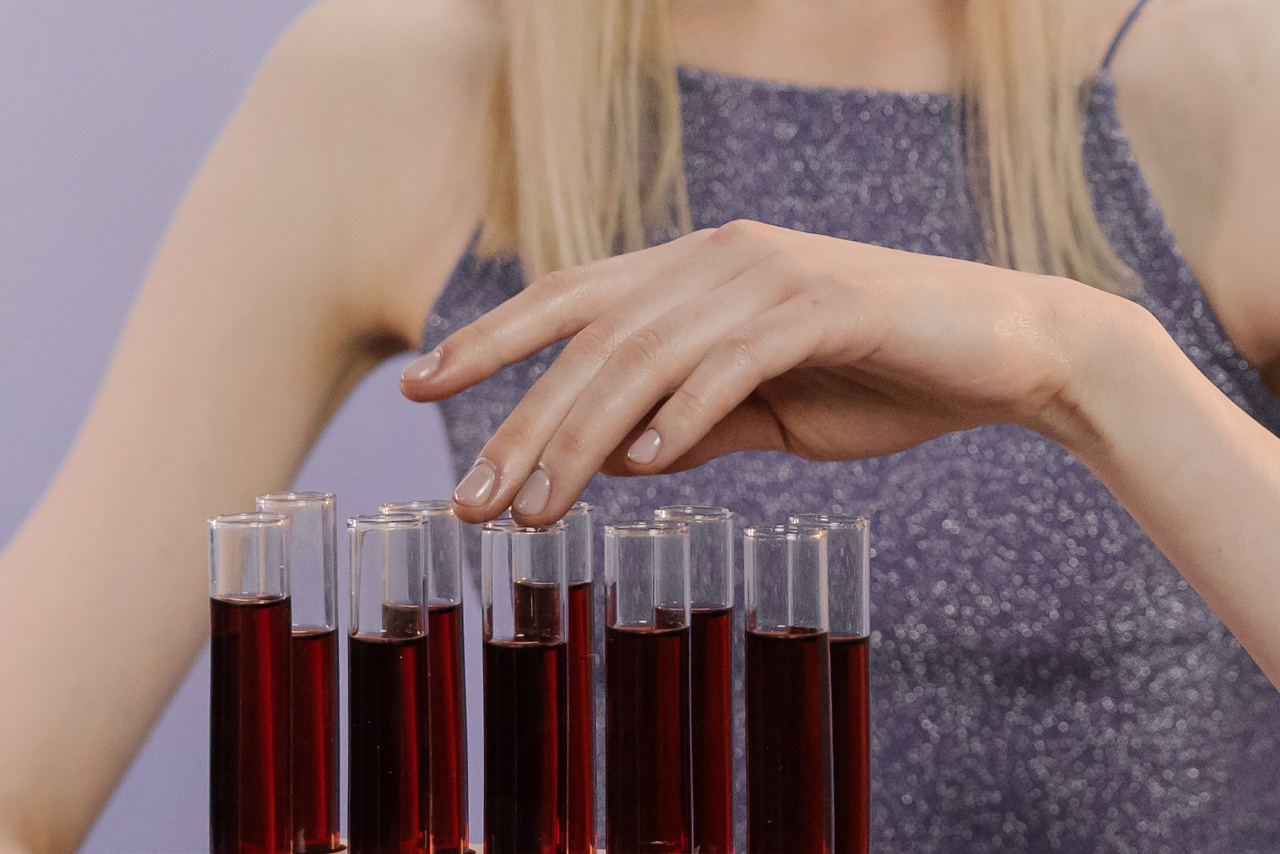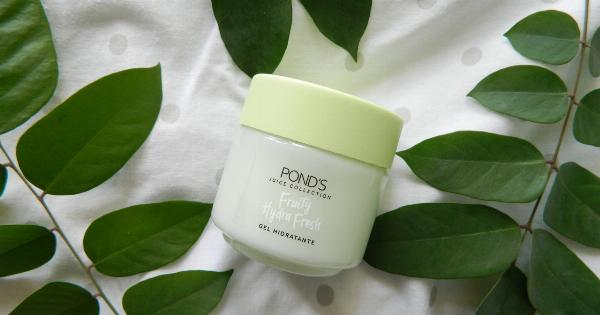Handling different kind of chemicals at home, school, or workplace is common these days. Unfortunately, accidents involving chemicals can occur, leaving our skin damaged and burned.
If you accidentally get a chemical burn, it is important to seek immediate treatment to prevent further damage and pain.
: Step-by-step Guide
Step 1: Stop the exposure
The first thing you need to do is remove the chemical substance from your skin. Rinse the affected area with plenty of cool, running water for at least 20 minutes.
This helps to remove any leftover chemical residue from the skin and diminish the severity of the burn. Remember to remove any clothing that has been contaminated with the chemical before washing the skin.
Step 2: Evaluate the severity of your burn
After the chemical exposure has stopped and the burning has subsided, evaluate the degree of your burn. Chemical burns can range from mild to severe based on the length of exposure, type of chemical, and amount applied.
First-degree burns mostly affect the top layer of your skin, which you can experience after mild exposure. They are usually red, swollen, and painful.
Second-degree burns go deeper into the skin, causing blisters, and the affected area may become red, swollen, shiny, and extremely painful. Third-degree burns are the most severe and affect all layers of your skin, decreasing the likelihood of scars or leaving a mark.
Step 3: Treat the injury
Once you know how severe the burn is, you can start to treat the affected area. If your burn is first-degree, you can use home remedies to soothe pain and facilitate healing. For example:.
- Cool compresses: Soak a clean cloth in cold water and place it on the affected area for approximately 10 minutes to provide relief from the pain and reduce inflammation.
- Aloe Vera: Apply the gel of an aloe vera plant to the burned area, once the area is dry, for about 3 times a day.
- Honey: Apply a thin layer of honey on the injured area and cover it with lightly moist gauze.
- Vinegar: Since vinegar is acidic, it will help to neutralize an alkali burn. Dilute white vinegar with equal parts water, and apply it to the burned area with a cotton ball.
If your burn is severe, it is important to get medical assistance right away. Do not try to treat the injury yourself, as this can cause further damage. Your doctor may prescribe a special cream or ointment to promote healing and relieve pain.
Step 4: Consider over-the-counter pain relief
If your burn is uncomfortable or painful, you may want to consider taking pain relief medication. Always read the label on the medication and follow the dosage instructions; in case you take too much, don’t hesitate to seek medical advice.
Step 5: Protect the injured skin
The affected skin should be protected to prevent any further damage. Protect the skin under loose dressing and bandages.
Make sure that the bandages are loosely wrapped on the affected skin as wearing tight or constricting clothing can prolong healing time.
Step 6: Follow up with a skincare routine
After a few of days, once the burning has subsided apply a gentle lotion or moisturizer to keep the skin nourished and hydrated. Protect the treated area from the sun.
It is important to moisturize the skin and stay hydrated to maintain your skin’s health during its recovery stage. Avoiding any harsh irritants by looking for the label “hypoallergenic or “sensitive skin” for your products to avoid further damage.
When to See a Doctor
If your first-degree burn is not healed for two weeks or if you are experiencing red streaks, pus, or fever, you should see a doctor. Furthermore, if:
- You have second or third-degree burn.
- The burn is larger than 3-inch wide.
- The burn exposes the bone, muscles, or tendons.
- You are experiencing signs of infection like rising fever.
- You are experiencing difficulty moving the affected joint or the limb with a chemical burn
These immediate signs should not be ignored. Any injury caused by chemical substances can end up leading to serious health hazards.
Conclusion
Chemical burns can be relentless and scary, but knowing the steps to take when your skin is burned can prevent further damage and help the burn heal faster. It is important to keep calm and act fast when dealing with chemical burn injuries.
However, if the burn is too severe, it is better to seek medical assistance immediately. Taking care of your skin also means following up with a comprehensive skincare routine as burns can linger.




























